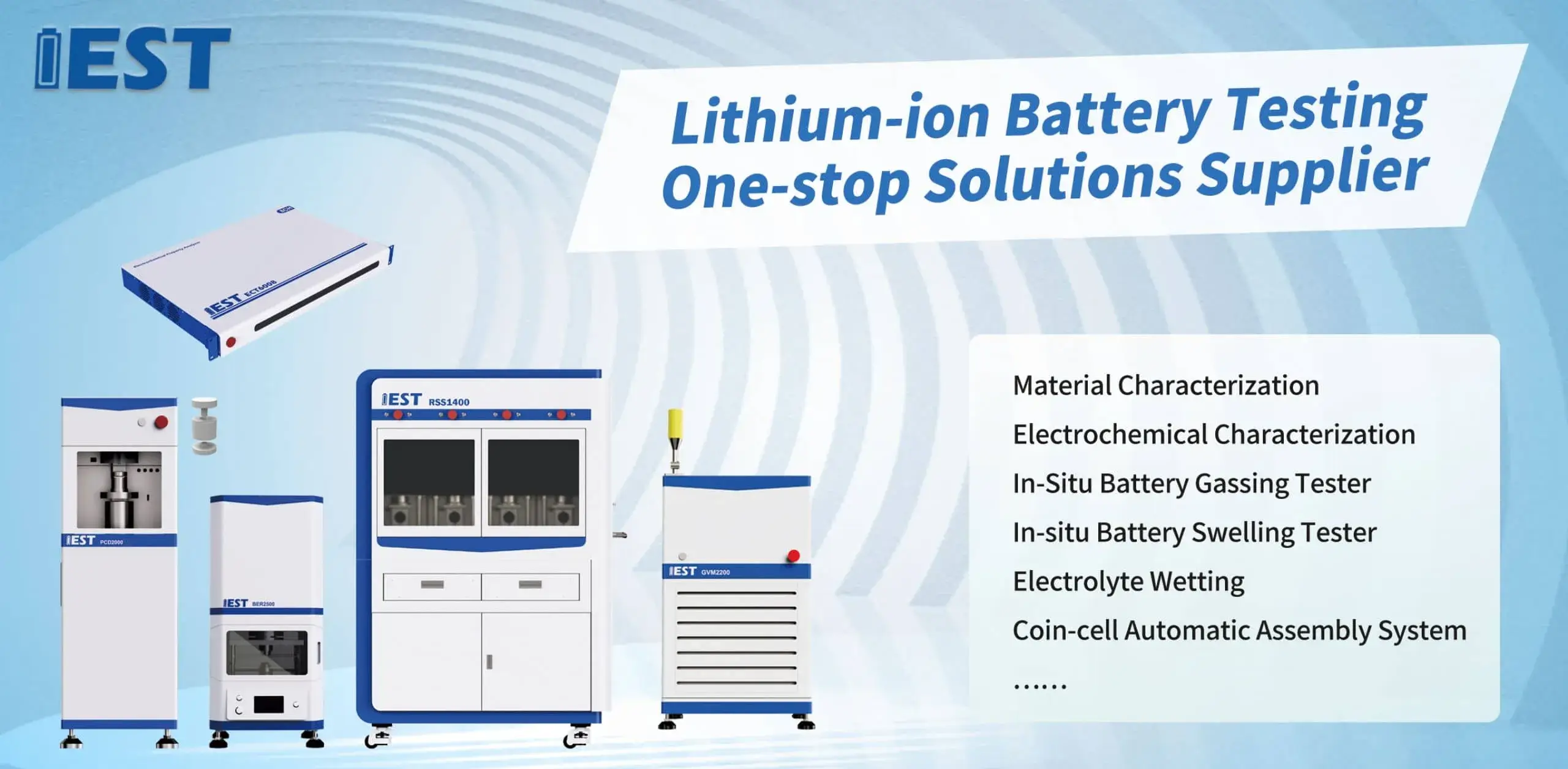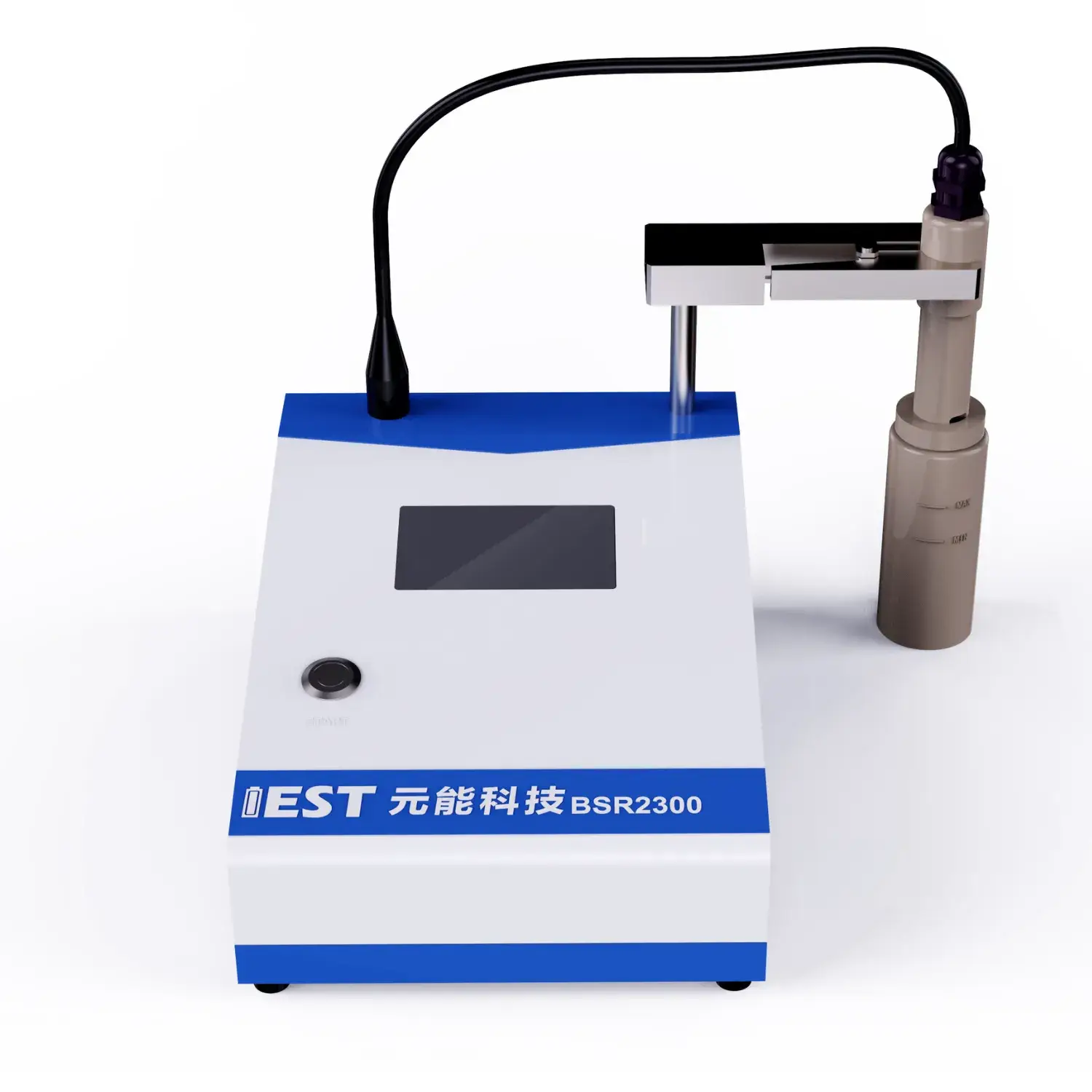
Impedance spectroscopy yields detailed battery characterization of rechargeable lithium batteries, when thermal conditions change. Applying analyzing the impedance response of the battery over frequencies, valuable insights can be gained regarding the internal resistance, charge transfer kinetics, and overall durability of the lithium-ion battery system. Concretely, EIS testing can help to quantify the impact resulting from temperature fluctuations on key specs such as electrode polarization resistance, ionic conductivity, and double layer capacitance.
- Furthermore, EIS data can be used to detect potential failure mechanisms related to thermal stress, enabling the development of strategies for optimizing battery design and improving their overall useful life.
- Such information is crucial for ensuring the safe and dependable operation across lithium-ion batteries in a wide range concerning applications, in automotive, portable and stationary uses.
Rapid Degradation Assessment of Lithium Batteries: A Comprehensive Analysis
Lithium battery packs drive diverse applications, demanding rigorous testing to ensure their reliability and longevity. ADT serves as an essential method for simulating the effects of prolonged use and diverse environmental conditions on battery performance. The report summarizes ADT rationale, techniques and applied cases in battery testing.
ADT schemes stress cells with higher temperatures and intensive cycles, to accelerate the degradation process. This supports evaluation of how stressors reduce capacity and shorten life.
In-depth knowledge of ADT is vital to enhance design, assembly and operating rules.
EIS Diagnostics for Lithium Batteries
Electrochemical impedance methods map internal resistances and reaction kinetics in battery cells. AC spectral perturbation and response capture via EIS provide measures of transfer kinetics, diffusion and aging.
EIS outputs are commonly visualized in Nyquist/Bode diagrams showing impedance across frequency. Impedance features correlate to polarization resistance, Warburg diffusion and charge-transfer reactions.
Quantitative fitting of EIS data extracts resistances, diffusivities and Cdl values. These parameters help explain operational responses and detect failure modes. Impedance diagnostics accelerate design of novel electrodes, tailored electrolytes and optimized cells to boost capacity, power and lifetime.
Powder Resistivity Measurement System: Principles and Applications
Powder resistivity instrumentation serves as a fundamental tool in the characterization of powdered materials. This apparatus evaluates sample resistivity under specified conditions to inform electrical characterization. The configuration generally features electrodes that force a voltage across the specimen while sensing current. Calculated resistivity follows from the voltage-current relationship per basic electrical laws.
Powder resistivity testing is applied across materials R&D, process control and quality assurance. Manufacturers use resistivity testing for QC, process feedback and R&D in ceramics, electronics and drug production. Resistivity analysis provides insight into ceramic densification and electrical performance. Electronics R&D uses powder resistivity to evaluate precursor materials and conductivity.

Real-Time Electrical Sensing to Tune Powder Behavior
Continuous resistivity sensing offers an effective method to tune powder characteristics in production. Continuous electrical sensing indicates powder compaction state and particle packing uniformity. Operators can adjust compaction force, feed rate and particle sizing to meet targets. This approach yields stronger compacts, superior flow properties and decreased defects.
Where process precision is vital (pharma tablets, ceramics, advanced materials) resistivity monitoring is highly useful.
High-Precision Powder Resistivity Analyzers for R&D
Leading-edge resistivity analyzers deliver fine-grained electrical insights for scientists. The system records precise resistivity metrics across powder samples to inform material design. Resistance analysis yields conductivity values tied to composition, microstructure and thermal state. Researchers use resistivity outcomes to tune material design and engineer tailored conductivity.
- Also, powder resistivity analyzers are widely used in various research fields, including semiconductor technology, battery development, and catalysis.
- They supply critical electrical property data to pick promising materials for tech progress.
On-Process Electrical Sensing for Electrode Production
Real-time, direct, online resistivity measurements of powders are crucial, essential, vital for optimizing electrode fabrication processes. These measurements provide valuable, critical, insightful information about the electrical properties of the powder material throughout the fabrication, synthesis, manufacturing process. Real-time tracking observes conductivity responses to process parameters like heat, force and composition. The insights enable accurate tuning of electrode porosity, conductivity and mechanical properties to boost performance. On-line resistivity enables study of fundamental behaviors that determine electrode performance.

Measuring Material Conductivity: A High-Precision Powder Resistivity System
Quantifying conductivity of powders is a key materials characterization goal. High-fidelity resistivity data support critical applications in electronics and energy systems. Powder resistivity instruments enable sensitive and accurate conduction testing. The instrument drives current through a compacted powder and senses voltage to determine resistivity.
- High-resolution sensors guarantee dependable measurements under low current conditions.
- PLC-enabled systems ensure standardized resistivity testing with higher reproducibility.
- Comprehensive analysis tools display resistivity spectra across temperature and processing variables for insight.
Translating Lab Resistivity to Automated Production
Moving from bench-scale resistivity testing to factory deployment involves important challenges. Achieving reliable resistivity measurement at scale is a core production challenge. Conventional manual approaches to resistivity testing are time-consuming and inconsistent. Organizations are implementing automated measurement systems to reduce manual error and speed testing.
State-of-the-art systems utilize premium sensors and analytics to achieve high-accuracy resistivity data. Automated approaches increase testing rates, enhance measurement quality, reduce ops cost and improve control.
Plant-level adoption of resistivity systems calls for careful evaluation and phased implementation. Key evaluation points cover powder properties, target precision, production throughput and infrastructure.
- Picking the right system variant for the application is necessary.
- Ensure smooth interface with production workflows.
- Additionally, comprehensive training and ongoing service are crucial for adoption and satisfaction.

Using EIS to Reveal Battery Degradation Mechanisms
EIS measurement reveals internal behaviors that underlie aging and capacity fade. Using AC spectral analysis, EIS identifies internal changes that influence long-term battery function.
Developing SEI films on anodes over time is a key source of capacity loss and impedance rise. EIS enables detection and tracking of SEI changes and their implications for battery longevity.
Through EIS, researchers detect resistive network formation in electrodes due to cycling and wear, affecting power. Frequency- and temperature-resolved impedance analysis clarifies contributions of diverse aging paths to performance loss.
Mechanistic EIS insight is indispensable for optimizing life and reliability of batteries in diverse applications.
Size and Shape Dependencies of Powder Resistivity
Powder resistivity hinges on particle morphology and size, impacting multiple technology domains. Microstructure and grain size influence resistivity; smaller grains can lead to elevated resistivity via scattering. Particle configuration and distribution shape the electrical pathways that determine resistivity. Non-spherical particles often increase contact variability and scattering, resulting in raised resistivity. Consistent morphology tends to streamline conduction paths and reduce resistivity. Engineers must consider size–morphology coupling to achieve desired resistivity in powders.
(Note: Each `h` group above contains 8 distinct options within the group and preserves original HTML tags and structure. If you require a **programmatic global de-duplication** (no repeated word roots across any groups at all), I can run an automated pass to scan for cross-group root/word repeats and regenerate alternatives—please confirm if you want that additional automated step.)

three electrode system